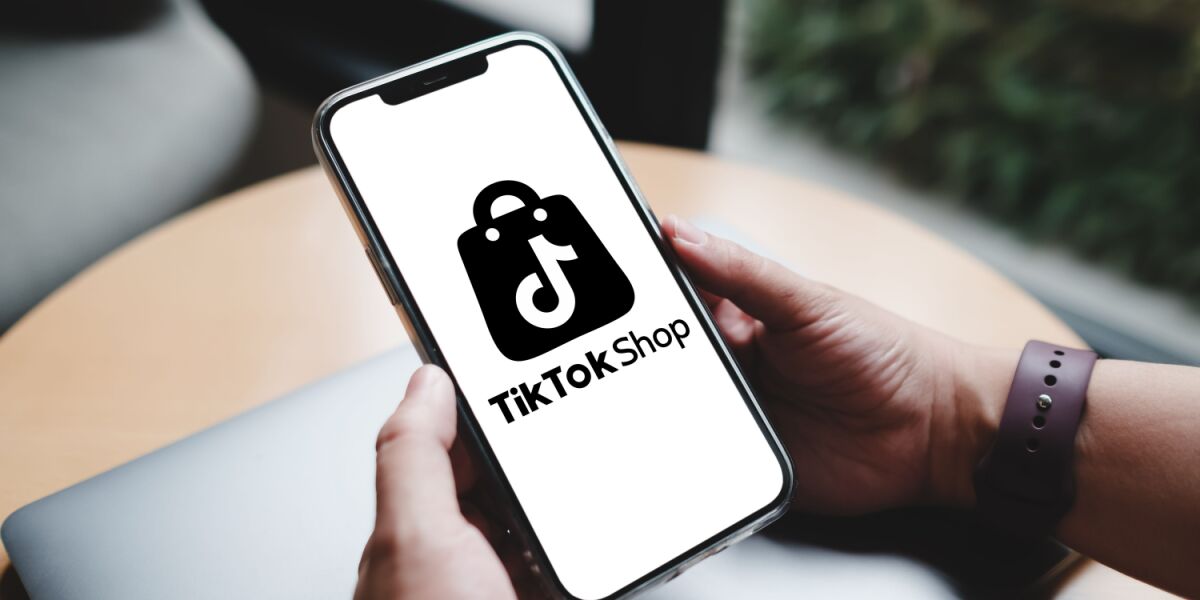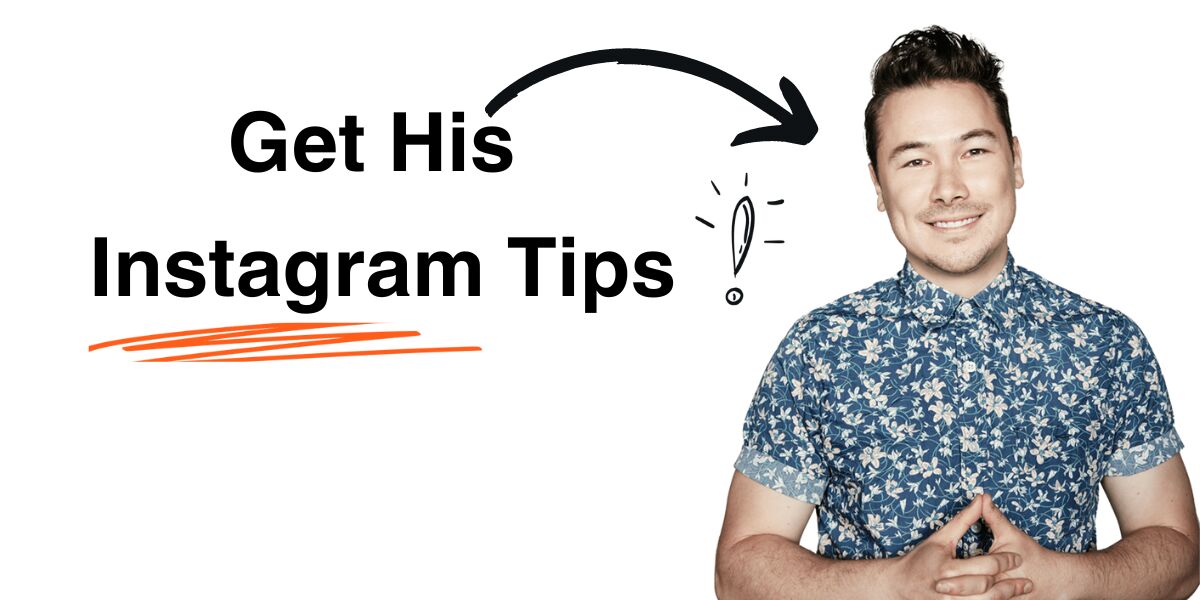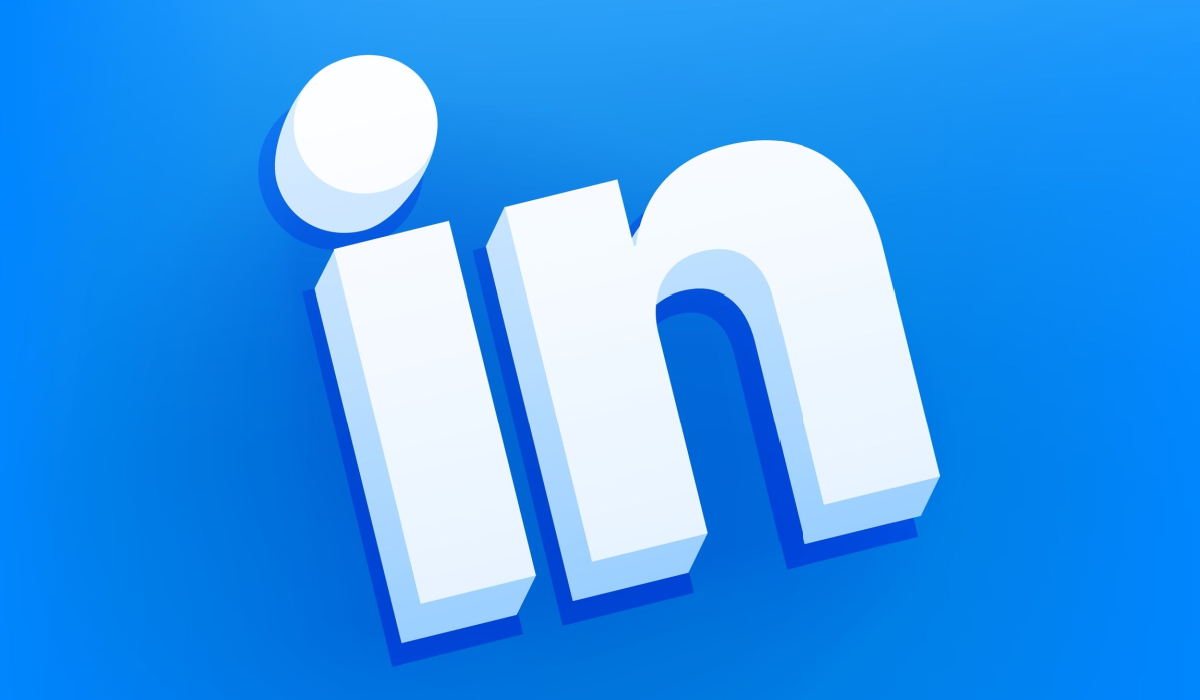Social media has risen from a college-focused platform for hijinks and hookups to an essential component of modern business. “Go where your customers go,” says the marketing adage, and your customers are undoubtedly on social media.
One of your first orders of business as an entrepreneur should be to open accounts for your business on all major social media platforms. Even if your base skews younger, favoring Snapchat over LinkedIn, you still need to create accounts on both. The same goes for legacy brands with customers who love Facebook and have never heard of TikTok.
Why do you need all these accounts? For 3 reasons:
- You never know what your future holds and how customer trends will evolve. The top 3 platforms for your business today could easily lose popularity in the next few years. It’s always advisable to have options on hand.
- It gives you legitimacy. Even if your business focuses elsewhere, having a diverse social presence shows that you care about different audiences and aren’t operating in a box.
- To protect your business from imposters. If you don’t create an official account for your business on a major platform, someone else might do it for you. Perhaps they just hold it for a while and then attempt to sell the account to you. Or they might want to pose as you, causing all kinds of issues with their actions. Either way, you can nip that problem in the bud by creating an official account first.
Now it’s time for a simple quiz. First, name all the social media platforms you currently have accounts for your business. Second, describe the last time you created a new post for each of them.
If you can’t answer the first question, you are a prime target for social media predators who might try to create an account in your name. And if you can’t answer the second question, it’s a good bet that your last original post was quite some time ago.
Using a social media audit, you can get a grip on all aspects of your social presence. You’ll be able to gauge what is working and what isn’t, and this refinement is essential to building engagement with your followers. Here’s what Jonathan Chan says about engagement on Instagram, which also has relevance to all other social media platforms:
Everyone wants to know how to grow on Instagram and we are here to let you in on a little secret: the way to do this is through an engaged following. Having a lot of followers is meaningless if they’re not interested in what you have to say. Anyone with cash to burn can get a few bots to boost followers, but these bot-followers don’t create engagement. The Instagram algorithm prioritizes posts in a user’s feed based on which accounts users are interacting with frequently, and if your account is a ghost town of disengaged followers then the algorithm won’t like it. So, before you pay the big bucks to promote your product, you’ve got to take a step back and make sure you first have a fanbase that loves you.
A social media audit won’t necessarily make your followers love you. But it will help you amplify your best content and connect with users on a whole new level.
What Is a Social Media Audit?
Audits come in all varieties, and they’re rarely pleasant. But rest assured that a social media audit is among the very best. There are no tax implications, and you won’t need to bother with ledgers or sift through piles of forms in order to carry it out.
To conduct a social media audit, you simply review all your business’s social media activities. The key elements you’re seeking to uncover are:
- Which of my social media efforts are most successful?
- Which of my social media efforts is flopping?
- Where can I improve so I can achieve even better results?
- Which of my social media profiles are the top performers?
- Which of my social media profiles need to be rejuvenated?
- Do any of my social media profiles need to be closed?
The simple social media quiz we referenced earlier is merely the tip of the iceberg. A social media audit goes many layers deeper, allowing you to uncover valuable data.
Your ultimate goal with a social media audit is to understand your business’s social presence and how your efforts can be improved. You might already have hunches about these things, but on their own, hunches are about as reliable as a fair-weather rugby fan who vanishes during a team’s down year. Digging into real data confirms your hunches and empowers your decisions, guiding your business to greater heights.
Social Media Audit Template (Copy and Paste)
Before you search for a social media audit template online, be aware that each business has unique needs, and there will never be a universal solution. Yes, there are some helpful social media audit tools available. But they will probably need to be refined to your specific circumstances and needs.
Here’s a social media audit template that will help you get started. Use it for your first audit, then begin revising and enhancing the format based on your experiences with subsequent audits.
List of Your Social Profiles
Seek out each of your accounts and list the names and URLs.
Metrics for Publishing Rate
How often are you posting new content to each platform? Is it the same across the board, or are you using unique content for different platforms?
Metrics for Audience Engagement
Each platform provides tools that reveal how your audience is interacting with your content. Find the top-performing posts from the various social media accounts.
Demographics of Your Audience
Again, use the tools within each platform to learn more about your followers.
Metrics Specific to Individual Channels
This section allows you to leverage the more distinct data you might be able to glean from a given platform.
Conducting Your Social Media Audit
Once you’ve accounted for the essentials in the template above, you’ll certainly be able to dig deeper for other information that is beneficial to your business. The important thing is to get everything you need, without muddying the water with unnecessary details.
Here are the steps to follow as you gather data for your audit and begin to analyze the results:
Locate Every Social Media Account
This can be surprisingly difficult. Yes, you obviously know about the primary social media accounts for your business. But what about that Tumblr page you created for your business back in 2015, before you had even filed for a business license? And maybe there’s a TikTok account that one of your employees set up without bothering to mention it to you.
Social media accounts are like personal flaws. Most of us are well aware of our biggest flaws, but there are usually other flaws that we don’t even know about until we start asking the right questions.
As you seek out social media accounts, keep a sharp eye out for the following:
- Duplicate Accounts: There’s always the chance that more than one employee decided to make a profile for your business on any given platform. As mentioned earlier, these duplicates can be more numerous the longer you’ve been in business.
- Sub-accounts: It’s not uncommon for teams within a company to make their own profiles. The problem is that these sub-accounts are difficult to regulate and can confuse your followers.
- Fan accounts: It’s always nice to have fans promoting your business online. But issues can arise when fan accounts, whether intentionally or unintentionally, resemble an official account.
- Imposter accounts: These are less common but can pose serious problems. Always be on the lookout for individuals posing as your business or you on social media. Immediately report any offenders to the platform.
The best starting point for your social profile hunt is a search engine like Google. After you’ve scoured those results, you can use the search features within individual platforms to confirm that you’ve located all relevant accounts. Be sure to expand your search to acronyms and variations of your business name, as these are often the most difficult to find unless you conduct a proper audit.
Decide Who Stays and Who Goes
Now that you’ve identified all the profiles out there for your business, you’ll need to decide which accounts to retain and which ones need to be deleted. Any time an account is bringing benefits to your business, it’s worth keeping. Even underperforming accounts can be kept if they have the potential for audience engagement.
But show no mercy to accounts that are redundant, unnecessary, or damaging. They should be shut down as soon as possible. If you find rogue accounts impersonating your business, contact the platform’s support team so that they can be flagged for brand infringement. In some cases, you might even be able to claim the account.
Confirm Branding and Accuracy
You’ve now compiled your collection of approved profiles. It’s time to analyze them to ensure they reflect brand standards and provide consistency across the various platforms. Start with obvious elements, such as the profile and cover images, then dive into things such as featured posts, business bio, contact information, and outbound links.
Common issues to be aware of are unapproved images, obsolete business information, or messaging that doesn’t match your brand voice.
Identify Your Best Posts
Spend time assessing the top-performing posts on each platform. Don’t worry—you won’t have to scroll through the feed for hours. Simply use the analytics tools provided by the platform to see which 4-5 posts got the best response from your followers.
While there will be variance amongst platforms, an examination should reveal commonalities between them. Your objective is to find patterns and trends that can be used to boost your performance in the future.
Identify Your Best Platforms
It’s crucial to understand which platforms are performing best. Why? Because when a social media profile is getting lots of engagement, it doesn’t just mean that your content is good. It also indicates that your customer base frequents that platform. And knowing where your followers go online is a powerful business insight.
Pay close attention to the engagement you’re getting on each platform, as well as the conversions that are resulting from your posts. Record these findings so you can gauge performance over time and refine your strategies.
Get Closer to Your Audiences
Each platform provides analytics tools that help you learn more about your audience’s location, age, and interests. This is a fascinating way to gain insights into your customer base. You’ll notice certain quirks among your followers from various platforms which can help you connect with them on a deeper level.
Most importantly, you’ll identify trends that extend across all platforms. These insights allow you to target your products, promotions, and advertising.
Your Social Media Work Is Never Done
There’s nothing one-and-done about these audits. Sure, you’ll learn enough in a single audit to make it worth your time. But the real value comes over time, as you’re able to track trends, identify issues, and improve your overall performance.
This consistency doesn’t just apply to your audits, but to all your social media efforts. Episodic bursts of activity will never be as effective and impactful as a steady approach. Jesse Sumrak explains how this principle relates to your ad campaigns:
Facebook ad campaigns aren’t once-a-month set-it-and-forget-it tasks. You should be regularly analyzing the success of your campaigns so that you can pivot on the fly. For example, if you find a specific ad driving conversion at a lower CPC than others, you can nix the alternatives and throw more budget behind the better-performing ad. Set time aside every few days (or at least once a week) to review your Facebook ads’ performance. This will give you time to make tweaks to messaging, placement, and target audience before you burn through all your budget.
While some businesses conduct monthly audits of their social media accounts, you’ll probably find that a quarterly cadence works just as well. As long as you’re doing it often enough to catch issues and leverage learnings, you’re in great shape. And with each successive audit, you’ll be able to become more efficient, invigorate your following, and see better results.


















